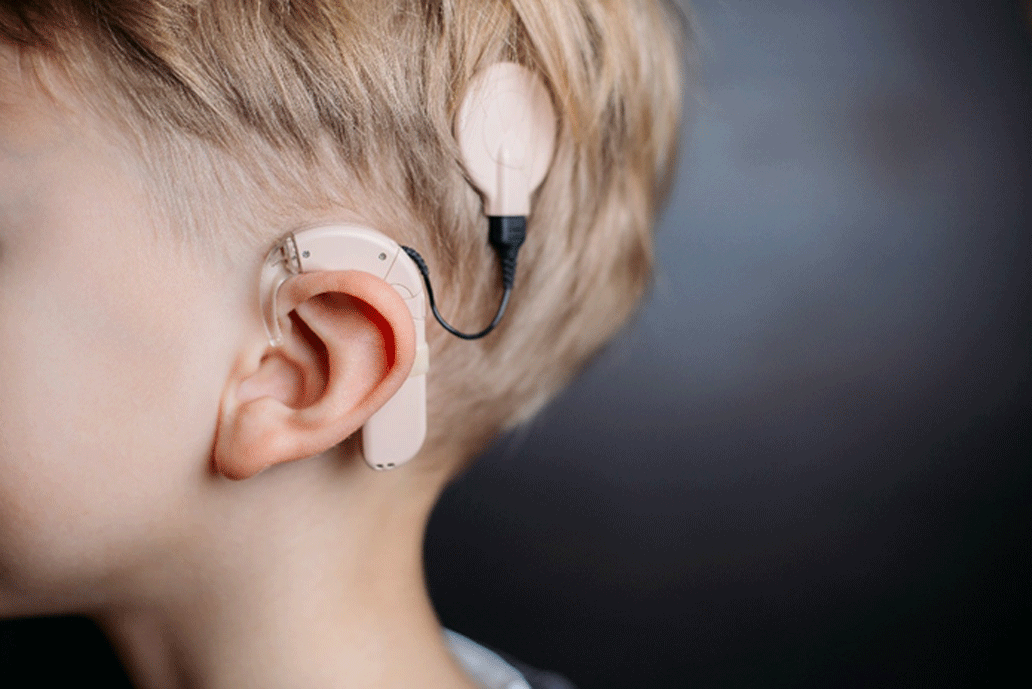Recovering After Cochlear Implant Surgery: What is Needed?

Surgery day is behind you, and the cochlear implant is now in place, marking an important step toward restoring your sense of hearing. While the operation completes the surgical part of treatment, it also begins a new phase of recovery. In the days that follow, the body starts to heal, the swelling gradually subsides, and the implant settles beneath the skin. Although it might seem like a quiet stage, this period forms the foundation for everything that follows.
As recovery progresses, attention naturally shifts from surgery to care and follow-up. What happens now will influence how well the implant functions once it is activated. This is why consistent aftercare is so important. Even small lapses in recovery can come at a cost, affecting healing and the implant’s performance. To prevent setbacks, regular reviews with your ENT specialist provide an opportunity to monitor progress, address any issues early, and ensure that each stage from wound care to activation supports a smooth and successful recovery. The first stage begins immediately after surgery, when recovery is most delicate and proper care matters most.
The First Few Days After Your Cochlear Implant Surgery
The initial recovery period after your surgery procedure often brings mild discomfort as the body begins to heal and adjust to the new cochlear implant. Though the operation is complete, recovery remains active as tissue repairs and swelling gradually decreases. During this time, some pressure, pain, or fatigue is expected, and these symptoms generally ease as the days pass and the body stabilises.
As healing progresses, care of the surgical site becomes the main priority. The protective bandage keeps the incision clean and should remain in place until your specialist advises otherwise. In the meantime, a small amount of staining from blood or fluid is normal and usually subsides within a few days. Once the bandage is removed, keep the area dry and handle it gently when washing your hair. It’s also best to avoid pressure on the ear or sleeping on the operated side, as this allows the tissue to mend evenly and without irritation. Close attention during this stage prepares the ear for the next phase of recovery.
As the wound continues to heal, many patients naturally wonder when hearing will begin. Although the cochlear implant is already in place, activation does not occur immediately. It typically takes place about three to six weeks after surgery, once the incision has healed and swelling has resolved. By the end of this early recovery phase, the ear is ready to transition into the next stage, when follow-up care and gradual activation begin.
Preparing for Your Cochlear Implant’s Activation
As the recovery period progresses, attention turns from wound healing to readiness for activation of the cochlear implant. By this point, the ear has settled, and most patients are able to resume their usual activities. The focus now is ensuring that the cochlear implant and surrounding tissue are stable, and that both the body and the device are ready to begin working together.
Follow-Up and Readiness Checks
Before activation, your specialist and audiologist will conduct a detailed review to confirm that the cochlear implant is secure and healing is complete. This might include examining the implant site for proper skin condition, checking device function, and confirming that no swelling or tenderness remains. These steps help ensure the external sound processor can be attached comfortably and safely when activation begins.
Caring for the Implant Area
Even though the incision has healed, the area around the cochlear implant can remain sensitive to touch. Avoid pressing or scratching near the site and check occasionally for redness or irritation. If you use glasses or headwear, make sure they do not rest directly on the implant. While swimming and vigorous exercise should still be avoided, light daily routines are usually fine at this stage.
Moisture and Device Preparation
Humidity and moisture can affect electronic components once the cochlear implant’s external sound processor is in use. Before activation, your audiologist will show you how to use a dry aid kit to keep the device moisture-free. Establishing this habit early helps protect the processor’s lifespan and ensures reliable hearing performance once activated, particularly in Singapore’s humid environment.
When to Contact Your Doctor
Mild tightness or numbness around the cochlear implant might persist for a few weeks and is considered normal. However, new swelling, discharge, or warmth at the site should be assessed immediately by the specialist. Early treatment of irritation or infection prevents complications that could delay activation of your cochlear implant.
When all checks are complete and healing confirmed, your audiologist will schedule your first programming session, known as mapping. During this visit, the cochlear implant’s settings are adjusted to your unique hearing response. This marks the beginning of the activation process and the first step toward hearing again.
Hearing Again: Adjusting After Activation
Activation day marks the start of hearing through your cochlear implant. After weeks of recovery, this is the moment when the external sound processor is connected, and sound returns in a new form. For many patients, it is both exciting and unfamiliar, as the brain begins to interpret sound differently from before. Here’s what you can expect:
Activation Day
During the activation appointment, your audiologist connects and tests the external sound processor to ensure it communicates properly with the internal cochlear implant. The first sounds you hear might seem metallic, robotic, or unclear, but this is entirely normal. The brain is hearing differently and needs time to make sense of what it receives. In the days that follow, these initial sounds start to take shape as your brain begins its work of decoding speech and environmental noise. This is the first step toward regaining meaningful hearing.
Mapping and Follow-Up Sessions
As your brain adjusts to new patterns of sound, your cochlear implant needs to keep pace. That is the purpose of mapping. During these routine appointments, your audiologist measures how you perceive different tones and volumes, then refines the sound processor to match your comfort and clarity. Each small change builds on the last, gradually improving how speech and environmental sounds are understood. Progress depends on staying consistent with these visits, since your hearing continues to evolve after activation. With each session, sound becomes a little steadier, clearer, and more natural, preparing you for confident listening in daily life.
Aural Rehabilitation and Listening Practice
After the cochlear implant’s settings are stabilised through mapping, the real work of hearing begins. Aural rehabilitation trains the brain to interpret sound and rebuilds the ability to understand speech and everyday noise. At first, familiar voices or words might be hard to recognise, so therapy starts with short listening exercises in quiet settings. As recognition improves, you are encouraged to practise in busier environments such as cafés or small group conversations. Each step challenges the brain to separate meaningful sounds from background noise. With regular practice, listening becomes less of an effort and more of an instinct, as the brain learns to process sound naturally again.
Emotional and Social Adaptation
As hearing becomes clearer, emotions can shift quickly. Many patients feel joy at rediscovering sound, yet moments of frustration are equally common when voices or noises seem unfamiliar. This variation is normal because the brain is still adjusting to new signals and working harder to process them. In the early weeks, recognising this strain as part of recovery helps manage expectations. Gradually, the mental effort lessens as the brain adapts and listening feels more natural. During this period, steady support from family, friends, and others with cochlear implants helps maintain motivation and reassurance along the way.

Your Hearing Starts at Ear Nose & Throat Centre CC Lau
Whether you have recently received a cochlear implant or are considering one, your hearing journey benefits from coordinated specialist guidance. At Ear Nose & Throat Centre CCLau, care spans candidacy assessment, surgery when appropriate, device activation, mapping, and structured rehabilitation. Together, these steps create a stable platform for the reviews and refinements that follow.
As hearing develops, scheduled reviews allow your specialist to track progress and adjust the processor for clarity and ease. Led by Dr Lau Chee Chong, an experienced ENT specialist who has performed numerous cochlear implant surgeries in Singapore, our clinic works closely with audiologists and speech therapists to ensure that every aspect of care is coordinated. This collaborative approach keeps progress steady and hearing results consistent. To learn more or to arrange your next review, contact us today to schedule for a consultation.








